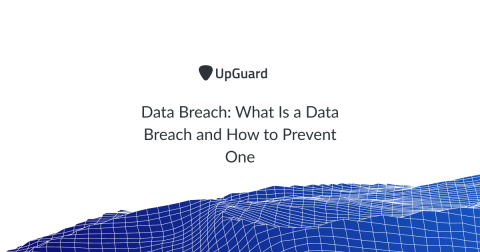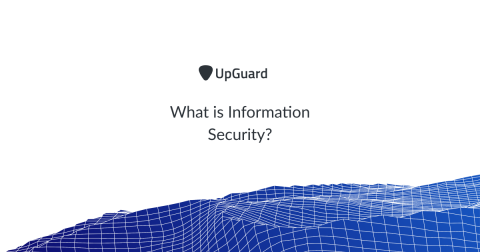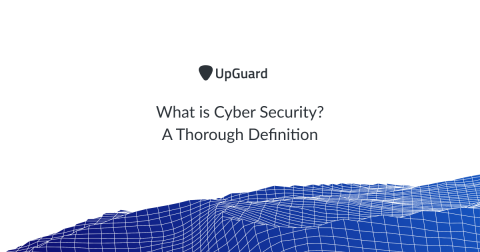Protecting Modern IoMT Against Cybersecurity Challenges
Even though the healthcare industry has been slower to adopt Internet of Things technologies than other industries, the Internet of Medical Things (IoMT) is destined to transform how we keep people safe and healthy, especially as the demand for lowering healthcare costs increases. The Internet of Medical Things refers to the connected system of medical devices and applications that collect data that is then provided to healthcare IT systems through online computer networks.









